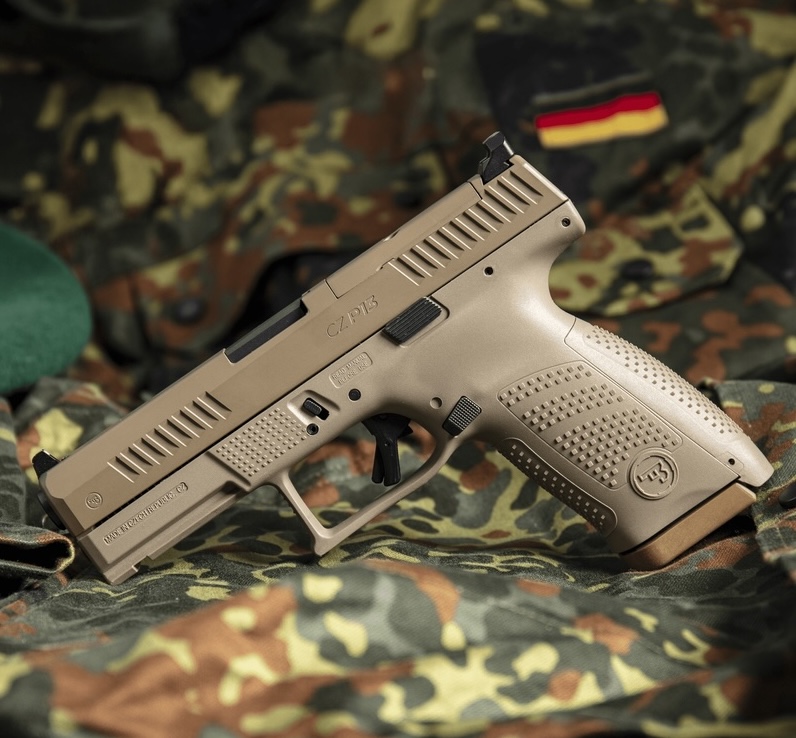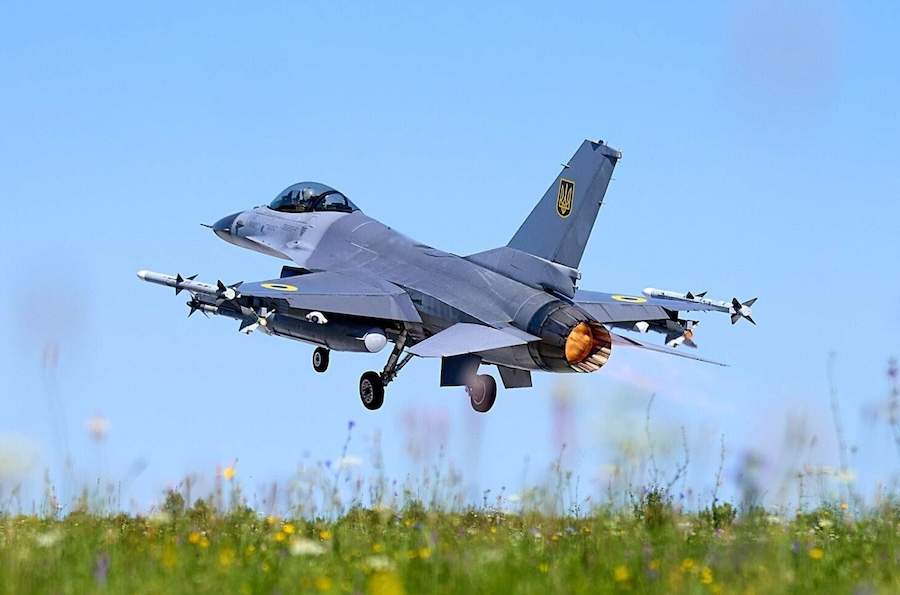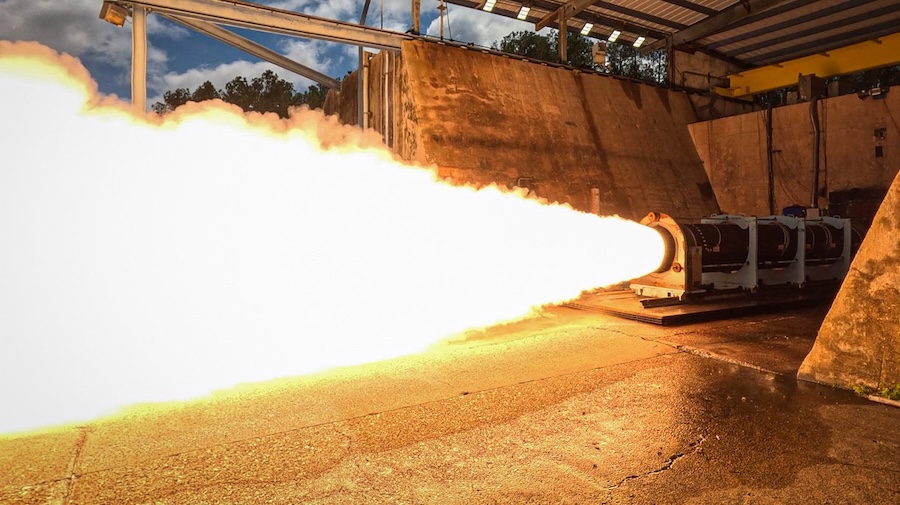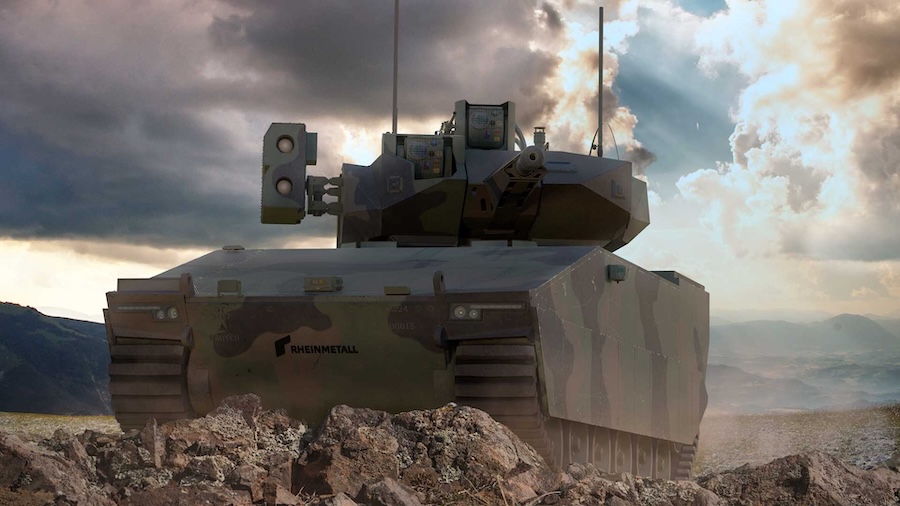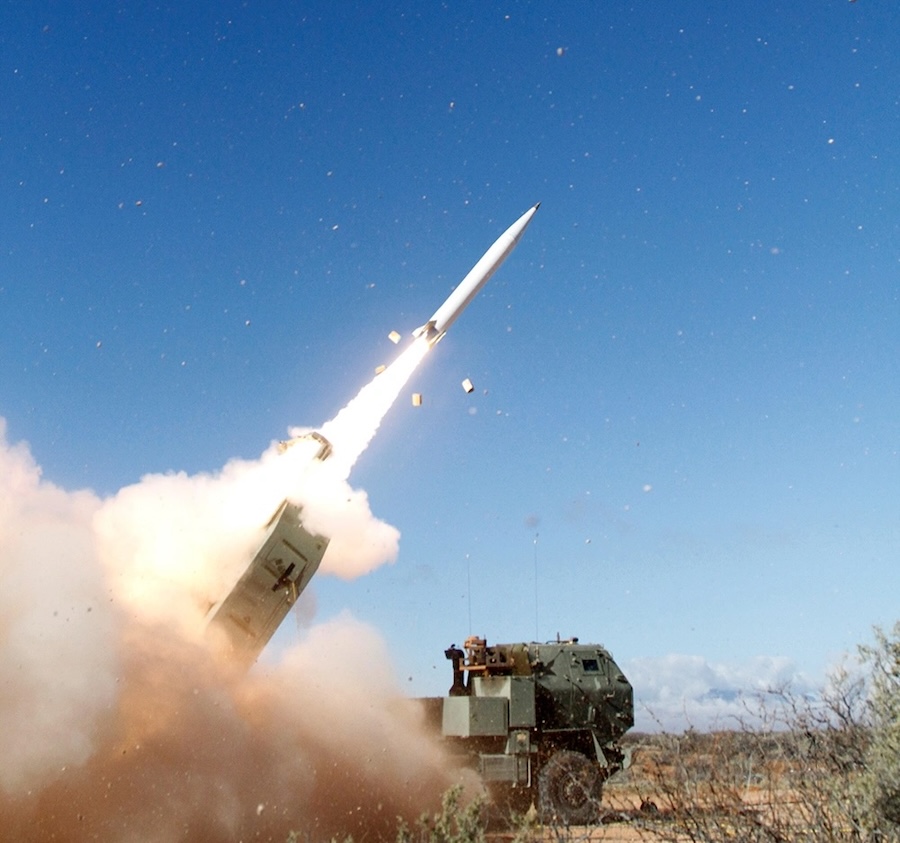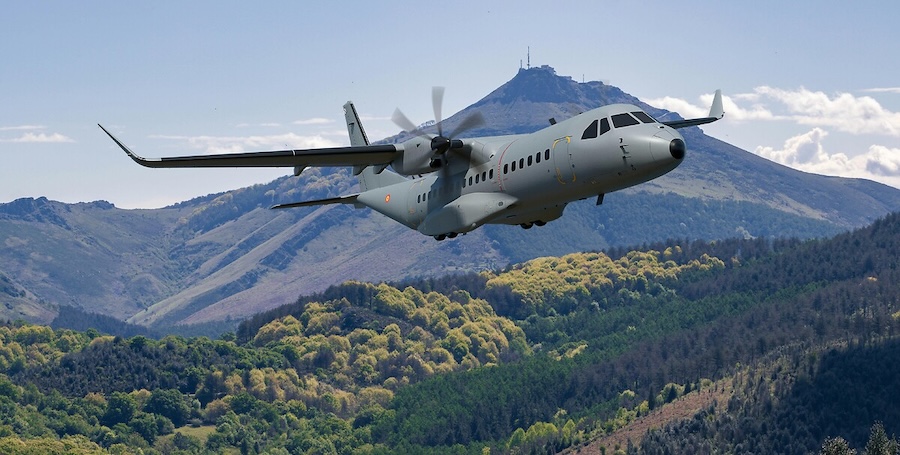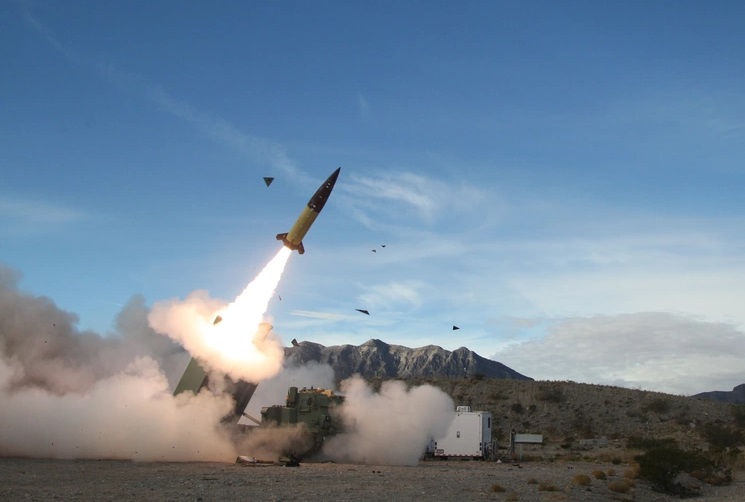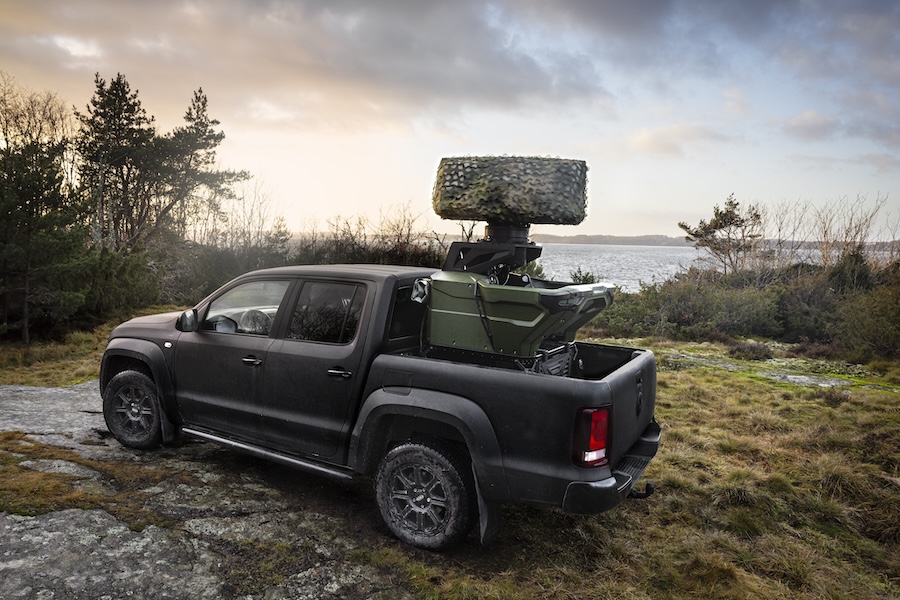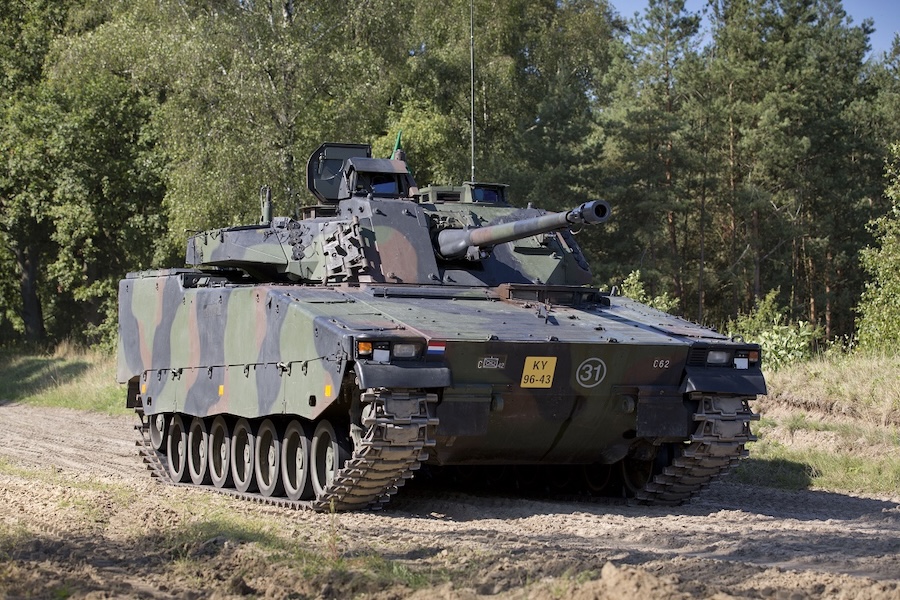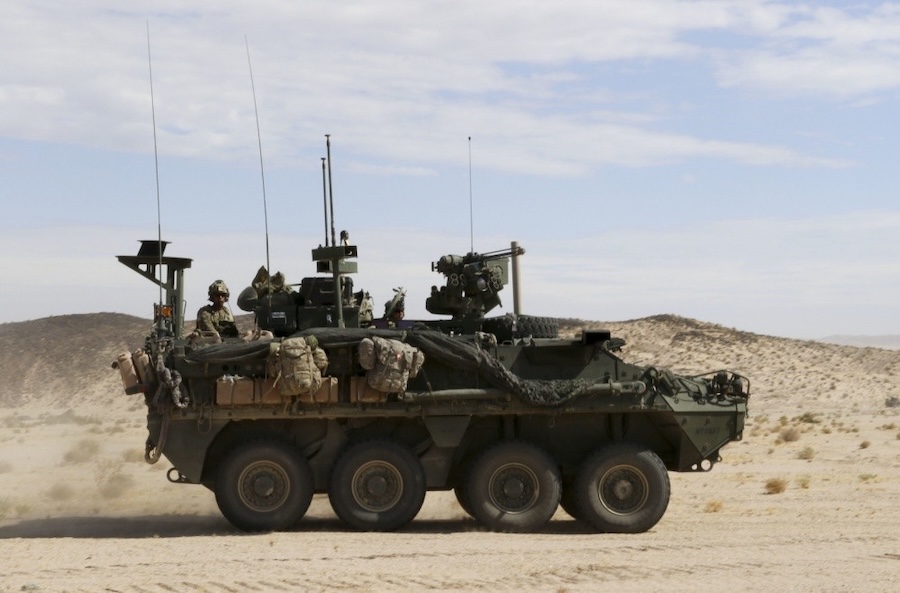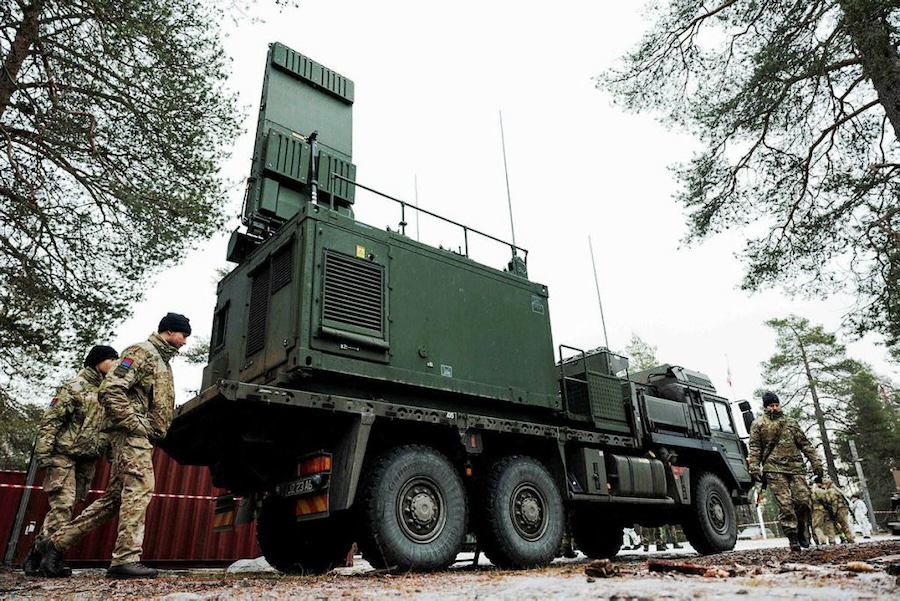A central aspect of this initiative involves the downsizing or cancellation of several current programmes, including cuts to the AH-64D Apache attack helicopter fleet. According to the ATI, the service must reduce and restructure manned attack helicopter formations and complement them with swarms of affordable uncrewed aerial systems capable of overwhelming the enemy and cancel the acquisition of outdated manned attack aircraft such as the AH-64D.
Although AH-64D production ended in 2013, the announcement refers to accelerating the retirement of existing Delta model Apaches. These aircraft, introduced in 1997, are now nearly three decades old and face significant limitations despite upgrades to Version 14.
Obsolescence in communication systems, sensors, and onboard computing power—alongside a closed avionics architecture and limited kinematic capabilities—contributes to their retirement. Additionally, age-related wear, poor parts availability, low operational readiness, and high costs further justify the decision.
The AH-64D’s average operating cost is $10,228 per flight hour for fiscal year 2025, the highest among all U.S. Army helicopters. In contrast, the AH-64E costs $5,494 per hour, making it more economical than several other models such as CH-47F and MH-60M.
The future of AH-64D helicopters, previously refurbished to Echo standard under Boeing’s AH-64E Remanufacture programme in Mesa, Arizona, remains uncertain. A new AH-64E production contract is unlikely once current deliveries under the second multiyear agreement conclude.
This change is also part of a broader aviation restructuring plan, which includes the disbandment of all 11 active Air Cavalry Squadrons (ACS), each traditionally equipped with eight Apaches and four RQ-7B uncrewed systems. This follows the cancellation of the Future Attack Reconnaissance Aircraft (FARA) programme and the ongoing phase-out of RQ-7B drones.
Currently, eight ACS units operate AH-64Es and three fly AH-64Ds, all of which are expected to be deactivated. Originally, these squadrons replaced OH-58D Kiowa helicopters phased out between 2014 and 2017, with AH-64Ds from the National Guard stepping in as temporary solutions.
Beyond ACS, the Army maintains 15 Attack Battalions, primarily focused on offensive operations, with 11 in active duty (COMPO1) and four in the National Guard (COMPO2). Of these, eight active and three Guard battalions operate the newer AH-64E model, while the remainder use the older AH-64D.
Additional helicopters are allocated for training (approximately 115 units), experimental purposes (4 units), and as reserve stock (69 units), contributing to a total objective of 812 Apaches. However, the actual number is lower due to attrition from crashes and accidents.
Until recently, the Army viewed its Apache inventory as insufficient, partly due to such losses and the lack of AH-64Es across all 26 required units. The last procurement contract between Boeing and the Army was signed in 2023, at a time when the service anticipated introducing FARA before the end of the decade.
There were also plans to form two new Apache-equipped units within COMPO1 by reallocating resources from existing formations. At present, the Army fields seven AH-64D-equipped units, including three ACS units slated for deactivation.
The ACS closures could free resources equivalent to eight AH-64E units, but their ultimate use remains undecided. Options include increasing aircraft per existing Attack Battalion or reactivating National Guard attack units.
Separately, the U.S. Army also intends to reduce its UH-60 Black Hawk fleet, a decision predating current changes. Announced two years ago, the plan calls for cutting 157 helicopters—mostly older H-60A and H-60L models—from a total of 2,135, due to reduced operational demand post-Global War on Terror.
The future of the AH-64E is still under review, particularly in light of new defence policy directions. Although long-term modernisation plans aimed at maintaining battlefield relevance through 2040 remain under discussion, no definitive updates have been issued.
Proposals include upgrades to avionics architecture, cockpit design, targeting systems, communication and self-defence capabilities, and powerplant efficiency. These measures are deemed essential to ensure the Apache’s effectiveness against rapidly evolving threats.
In the near term, the Army will introduce the upgraded AH-64E Version 6.5, which will serve as the basis for future modifications and help unify the existing Apache fleet. More clarity on the AH-64E’s role and direction is expected in the coming weeks during fiscal year 2026 budget discussions and the upcoming Army Aviation Mission Solutions Summit.













